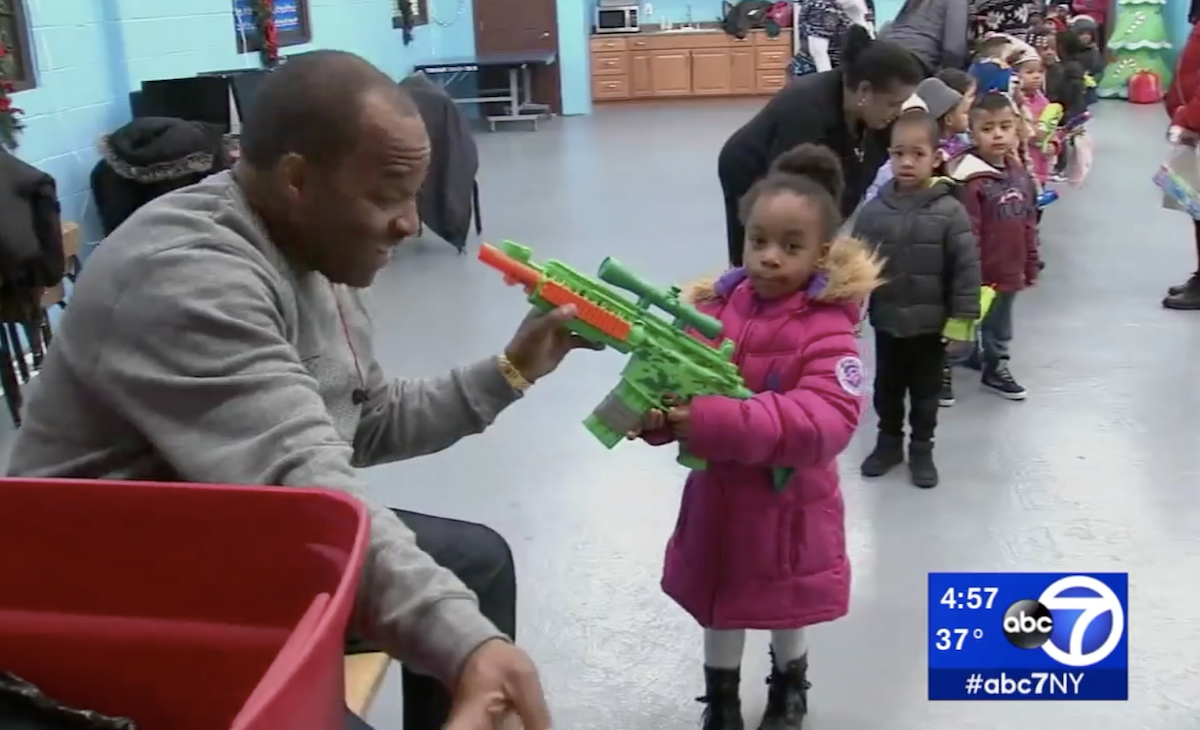A new study published in JAMA Pediatrics is catching heat for claiming that gun-friendly states saw a rise in youth firearm deaths after the Supreme Court’s 2010 McDonald v. Chicago decision. But the Crime Prevention Research Center (CPRC) is calling B.S.—and they’re not pulling any punches.
According to CPRC, the study’s title alone—“Firearm Laws and Pediatric Mortality in the US”—is misleading. The authors suggest that states with “permissive” gun laws saw more child deaths after the 2010 ruling, but CPRC says the whole thing is built on junk math and bad assumptions.
A Study That Ignores Reality
First off, CPRC slams the study for pretending laws don’t change over time. Colorado, for example, is labeled as a “permissive” state for the entire study period—even though it passed universal background checks, a mag ban, and a red flag law between 2013 and 2020. Blaming 2023 numbers on 2010-era laws? That’s not science, CPRC argues—that’s fiction.
Worse, the researchers grouped states into three vague categories—strict, permissive, and most permissive—without explaining how they weighed different laws. Is a red flag law more important than a safe storage mandate? Do you just add up the number of laws and call it a day? CPRC says this method is so arbitrary, it borders on meaningless.
No Controls, No Clue
Normally, serious research compares crime before and after laws change, while controlling for outside factors. This study doesn’t do that. It just compares states to each other in a snapshot, as if nothing else matters.
What did they leave out? A lot.
- Law enforcement presence
- Conviction and incarceration rates
- COVID-19 policies
- Unemployment, poverty, alcohol use
- Even the difference between murder and justifiable homicide
CPRC points out that not mentioning policing when talking about crime should’ve been a red flag for reporters. “This has to be one of the dumbest studies done in a long time,” the group says.
Playing with “Excess Deaths”
The researchers used a public health method called “excess deaths” to make their case. Basically, they predicted how many youth deaths they expected in each state based on old trends. Then, when reality didn’t match the prediction, they blamed gun laws for the difference.
SEE ALSO: The Smith and Wesson 642 UC Ultimate Carry
But CPRC calls that a rookie move. The “excess” could come from anything—errors in the model, missing variables, or things like COVID lockdowns, which caused homicide spikes in many places. The researchers didn’t even try to separate out those effects.
They used a Poisson regression model, which assumes that variance equals the mean—an assumption CPRC says almost never holds true in crime data. When that assumption breaks (as it likely did here), the results get skewed, and any claims of “significant” findings become shaky.
If You Want to Study Guns, Study Guns
One of the CPRC’s biggest gripes? The study doesn’t even try to look at actual changes in gun laws or their effects over time. Instead, it lumps everything into static categories and ignores reality on the ground. It’s the research equivalent of blaming the weather on your mood.
Worse, the authors never address whether those deaths involved legally owned firearms or if safe storage laws were violated. And they gloss over the difference between murder and justifiable self-defense—lumping them all under “homicide.”
Despite all these red flags, major outlets like The New York Times ran with the story uncritically. Reporters repeated the claim that “firearm deaths of children and teenagers rose significantly” in states with loosened gun laws—without bothering to question the data.
But as CPRC notes, when a paper ignores how laws change, skips basic controls, mislabels states, and draws sweeping conclusions from a broken model—it shouldn’t be taken seriously. And it definitely shouldn’t be used to drive policy.
*** Buy and Sell on GunsAmerica! ***
Read the full article here


